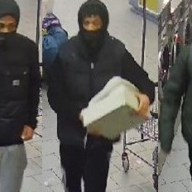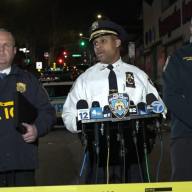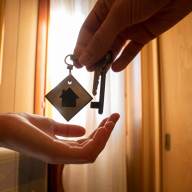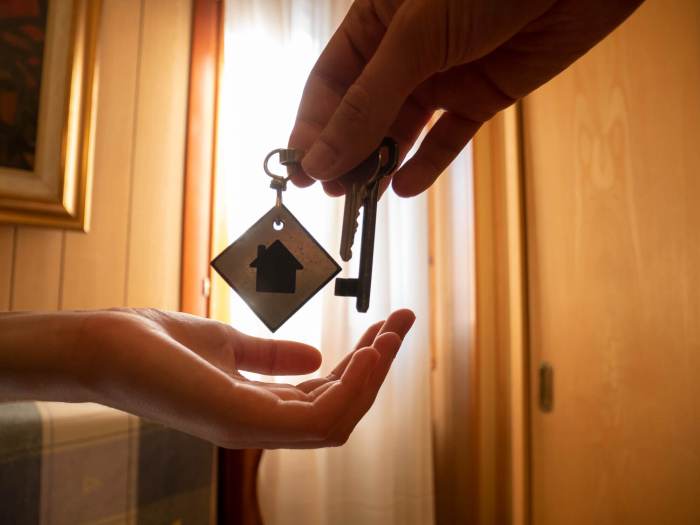The only Asian kid at Taft High School two years ago, Reamroatha Moeun absorbed slurs and abuse.
“I got jumped,” Moeun said. “They called me Chinese, and soft.”
Moeun, now a junior at the Marble Hill High School for International Studies in Kingsbridge, isn’t Chinese. He’s Cambodian-American. In the Bronx, teens like Moeun know violence. And poverty. And depression.
Violence, poverty and depression plague the borough’s Southeast Asian community, a community born of the Vietnam War and Cambodia’s Killing Fields. Moeun, 16, and Chhaya Chhoum, 30, want to change that.
On Saturday, January 31, at the St. Nicholas Tolentine Church in Fordham, CAAV’s Youth Leadership Project launched its campaign for a Southeast Asian cultural center.
CAAV, founded in 1986, stands for Committee Against Anti-Asian Violence. Chhoum directs the Youth Leadership Project. On Saturday night, Chhoum, Moeun and 200 friends cheered a Cambodian and munched Southeast Asian delicacies.
The Bronx is home to 6,000 Vietnamese-Americans and 4,000 Cambodian-Americans, according to Chhoum. Most of the borough’s Southeast Asians arrived during the 1970s and 1980s, fleeing the Vietnam War and a bloody Cambodian regime.
Moeun’s parents and grandparents are refugees. His grandparents live on welfare. His grandfather suffers from post-traumatic shock. Cambodia’s Khmer Rouge movement killed at least 750,000 people.
“My grandpa has nightmares,” said Moeun, a Youth Leadership Project organizer.
According to Chhoum, many Southeast Asian refugees suffer from mental health problems.
Pile on language barriers and culture shock. Few Southeast Asian refugees knew English when they arrived in the Bronx. Fewer were ready for an NYC winter.
“You had these farmers dumped in the Bronx,” said Chhoum. “And the Bronx was burning.”
At first, the refugees benefited from gobs of government money. In the early 1980s, Montefiore Medical Center established the Indochinese Mental Health Clinic. There, Bronx refugees received special treatment.
The E. 193rd Street clinic still exists, staffed by a social worker and psychiatrist. But Montefiore reassigned its Vietnamese and Khmer translators in 1998. When CAAV protested, the federal Department of Health led a civil rights investigation.
In 2007, the Youth Leadership Project teamed with New York University to conduct a community health assessment.
According to the assessment, 56 percent of the borough’s Cambodian-Americans weren’t in the labor force; 57 percent of Bronx Cambodian-American families were receiving public assistance. Only half of the assessment’s Cambodian-American respondents rated their health as “good” and 61 percent cited language as an obstacle to healthcare.
A fresh community assessment will inform the Youth Leadership Project’s cultural center campaign.
Many Southeast Asian-American kids attend Bronx schools by day and toil in New Jersey’s low-wage factories by night, Chhoum said. Estranged from their foreign parents, shunned by some of their Black, White and Latino classmates, teens like Moeun need someplace safe to laugh, relax and connect.
The cultural center could offer Khmer and Vietnamese language classes, cooking seminars and sports programs.
“I know some Khmer,” Moeun said. “I want to learn more. I was born in the Bronx, but Cambodia runs through my blood.”
Chhoum hopes to complete the assessment by August and is investigating potential sites for a cultural center, including the old Fordham public library.















